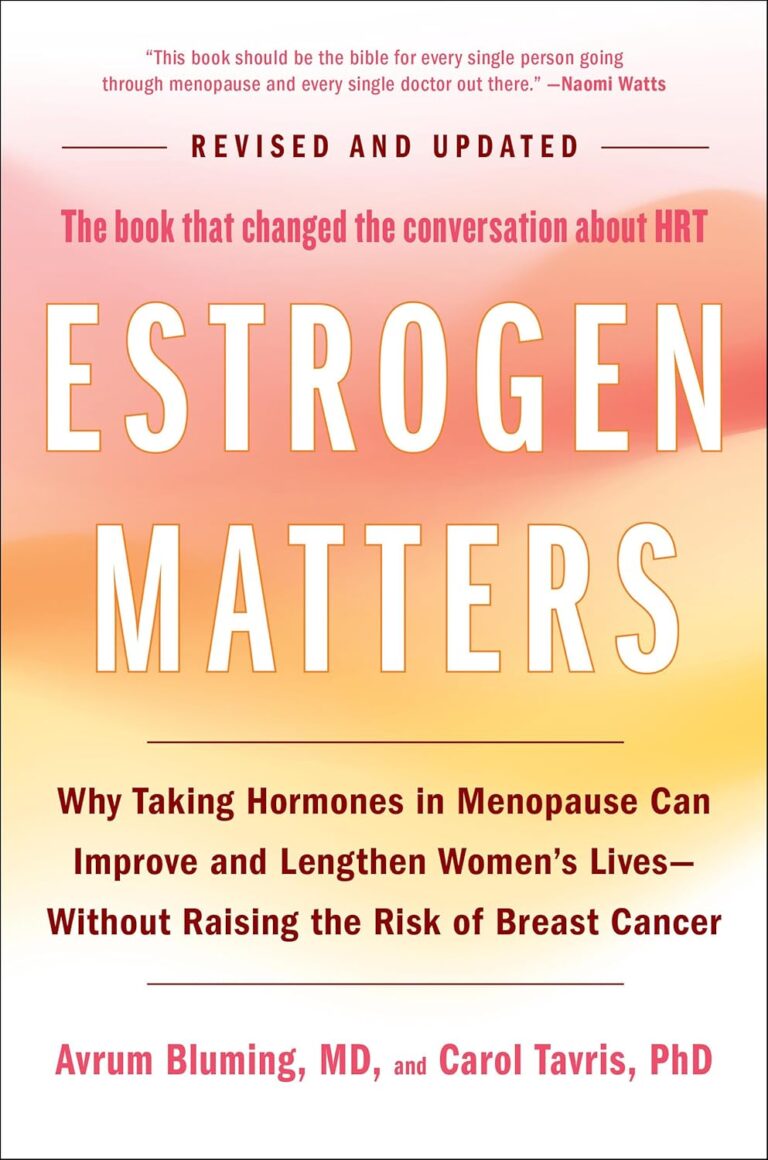.jpg) Nuclear chemistry is a fascinating realm of science that continues to revolutionize our daily lives. Among the most intriguing components of this field are radioactive isotopes, which possess properties that make them invaluable in various fields, especially in healthcare diagnostics and treatment. This article illuminates one particular isotope – Yttrium-90 (Y-90) – and probes into its characteristics, production process, uses in healthcare, and regulatory aspects.
Nuclear chemistry is a fascinating realm of science that continues to revolutionize our daily lives. Among the most intriguing components of this field are radioactive isotopes, which possess properties that make them invaluable in various fields, especially in healthcare diagnostics and treatment. This article illuminates one particular isotope – Yttrium-90 (Y-90) – and probes into its characteristics, production process, uses in healthcare, and regulatory aspects.
Y-90, a radioactive isotope, holds considerable promise in addressing the healthcare challenges of the 21st century, particularly in cancer treatment. A deeper understanding of Y-90 is imperative not solely for scientific research, but also for promoting better public health outcomes.
Defining Yttrium-90 (Y-90):
The Scientific Definition of Yttrium-90 (Y-90)
Yttrium-90 (Y-90) is a radioactive isotope of Yttrium, a rare earth element. It possesses 39 protons and 51 neutrons, with a half-life of around 64 hours, meaning it remains radioactively potent for a relatively short period. Y-90 decays by beta emission, where an unstable nucleus transmits a beta particle (high-energy electron or positron) to achieve stability.
Characteristics and Properties of Yttrium-90
Y-90’s distinct characteristics make it valuable in medical applications. Primarily, its high-energy beta emissions can penetrate tissue to about 5 mm, making it ideal for treating small tumors without causing much harm to surrounding tissues. This depth of penetration is possible because beta particles carry a charge that causes ionization, damaging cells and making Y-90 an effective targeted radiotherapy tool for treatments like cancer.
The Origin and Production of Yttrium-90:
Understanding the Origin of Yttrium-90
Y-90 doesn’t occur naturally due to its relatively short half-life. It is a byproduct of nuclear fission reactions involving Uranium-235 and Plutonium-239, primarily found in spent nuclear fuel or nuclear waste.
The Production Process of Yttrium-90
Y-90 is usually generated in nuclear reactors by irradiating Yttrium-89 with neutrons. It may also be produced through the decay of Strontium-90, a radioactive isotope used widely in medical and industrial applications. It’s then purified and prepared in the form suitable for therapeutic use through complex chemical processes.
The Uses of Yttrium-90 in Healthcare:
Yttrium-90 in Cancer Treatment and Radiation Therapy
Y-90 is becoming increasingly significant in medical treatments, specifically in cancer radiotherapy. Its high-energy beta emissions are used in radioembolization, a minimally invasive procedure that combines embolization (blocking blood vessels) and radiation therapy to treat liver cancer. These particles are delivered to the tumor via catheter, precisely targeting cancerous cells with minimal impact on healthy tissues.
Advantages and Limitations of Yttrium-90 in Medical Use
Y-90’s primary advantage in medicine is its potential to accurately target and treat small tumors with high-energy beta emissions while leaving surrounding tissues unaffected. However, the energy of beta emissions can sometimes result in dangerous radiotoxicity if the isotope isn’t properly targeted. Therefore, precision in application is of utmost importance.
Yttrium-90 in Research:
The Role of Yttrium-90 in Recent Scientific Research
Scientific research involving Y-90 is pushing the boundaries of its potential in cancer treatment. Among the many projects, researchers are analyzing the isotope’s applications in the treatment of various types of cancer and studying its impact on patient survival rates and post-treatment quality of life.
Future Prospects of Yttrium-90 in Research and Medicine
The future of Y-90 in medicine and research is promising. Advances in nanotechnology and targeted drug delivery could further enhance its precision and therapeutic efficacy while reducing side effects. Additionally, ongoing studies investigating its use in combination with other treatment modes could open new therapeutic avenues.
Safety and Regulatory Aspects of Yttrium-90:
The Importance of Safety Measures with Radioactive Substances
The use of Y-90, like any radioactive substance, brings about certain risks. Safety measures are essential to protect healthcare professionals, patients, and the environment from potential radiotoxicity. This includes careful handling, secure waste disposal, and careful monitoring of exposure.
Regulatory Bodies and Guidelines for Yttrium-90 Use
The use of Y-90 complies with regulations provided by the International Atomic Energy Agency (IAEA), Nuclear Regulatory Commission (NRC), and other governmental and professional organizations. These entities ensure radioactive material use aligns with safety protocols to minimize risk.
Conclusion:
Recap of the Importance and Uses of Yttrium-90 in Healthcare and Research
The unique properties of Y-90 make it an essential tool in healthcare, particularly in cancer therapy. Its precise, targeted nature delivers treatment potential that propels therapeutic advances and patient care forward. Simultaneously, its ongoing role in scientific research continues to unlock new prospects for its future applications.
Looking Ahead: The Future of Yttrium-90
With an intriguing blend of science and medicine, the horizon for Y-90 is vast and vibrant. The continuing evolution of technology and scientific understanding promises to more fully harness the potential of this radioactive isotope, reaffirming its pivotal role in healthcare and research.
FAQs:
- What is Yttrium-90 and where it is used?
Yttrium-90 (Y-90) is a radioactive isotope of Yttrium, primarily used in healthcare as a tool in cancer radiotherapy, due to its ability to accurately target and destroy cancerous cells.
- What are the unique characteristics and properties of Yttrium-90?
Y-90 is characterized by its high-energy beta emissions, which can penetrate tissue to about 5 mm, making it ideal for treating small tumors with minimal impact on healthy surrounding tissues.
- What is the importance of Yttrium-90 in cancer treatment and radiation therapy?
Y-90 is increasingly significant in the field of cancer therapy. Its targeted delivery and high-energy beta emissions provide a powerful tool to destroy cancer cells while sparing healthy tissues, proving particularly useful in treating forms of liver cancer.
- What recent research has been conducted regarding Yttrium-90?
Recent research is evaluating Y-90’s use in various types of cancer treatments beyond liver cancer, including analysis of its impact on patient survival rates and post-treatment quality of life. Concurrently, advances in nanotechnology could further enhance Y-90’s therapeutic applications.
- What safety measures and regulatory guidelines exist regarding the use of Yttrium-90?
The use of Y-90 is regulated by agencies like the International Atomic Energy Agency (IAEA) and the Nuclear Regulatory Commission (NRC), with rigorous protocols for safe handling, waste disposal, and exposure monitoring.

















Comments
AB
Abdulkarem Bakar
8 Mar, 2025
Hello, I have a cousin who has hemophilia and needs to undergo joint surgery. The hospital in Syria asked him, due to the lack of resources, to bring Yttrium 90 in order to perform the surgery. Please help as soon as possible.
Thank you. Comment sent for approval.
Something is wrong, try again later